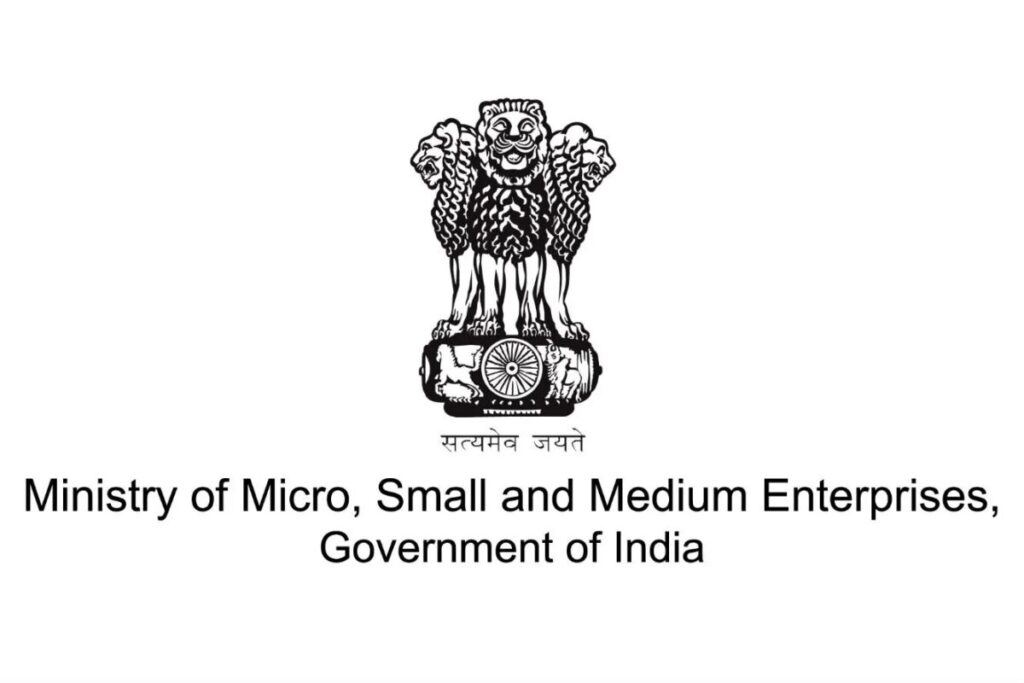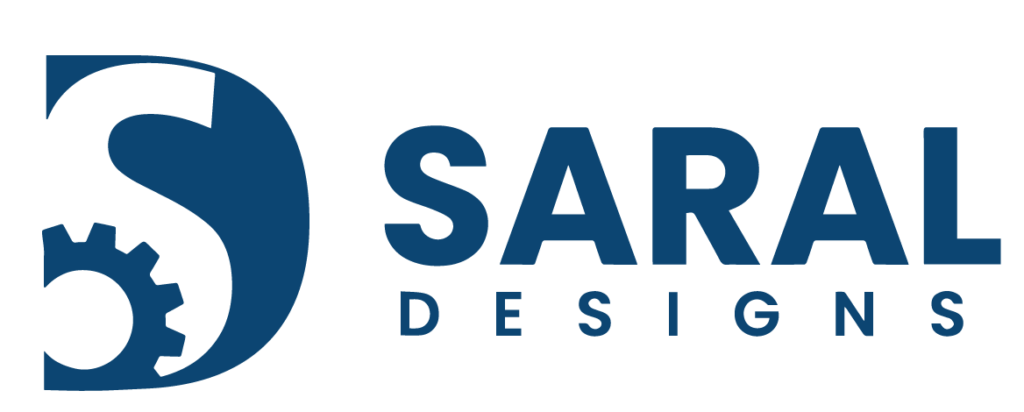How to start your own sanitary napkin business?
We are very close to inflection point as a society when it comes to menstruation. While there are millions of women in many developing countries who still do not have access to pads, there are a growing number of organizations focusing on increasing awareness around menstrual hygiene management and creating sustainable distribution channels to increase product access.
Last year, two Bollywood movies were made named “Phullu” and “Padman” which talked about local sanitary pad production in India. These movies of course may not be blockbuster hits, but now a majority of men and women both know about basics of menstrual hygiene. From rural Maharashtra to semi-urban Kathmandu, our research shows that more than 70% of girls have received some form of awareness session on menstrual hygiene. Non-profits and large multinationals, social enterprises are relentlessly reaching remote areas do remove taboos around menstruation.
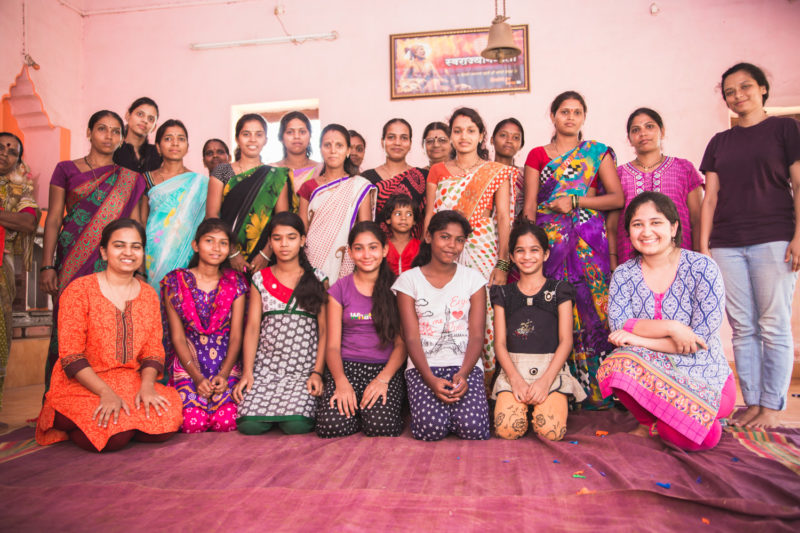
At the same time, there exists a gap. There are either the well known multinational brands that produce sanitary pads centrally using high speed machine lines or there are very small scale manually run manufacturing units run by NGOs.
How to decide what’s the best machine for you?
Large scale centralized production:
Large scale production units are very expensive to set-up (costing anywhere between INR 5crore to 100 crores) and need to rely on a very strong distribution network and advertising budgets to be able to sell close to a million pads every day.
Also, since the distribution chain is long, the distributor margins and logistics increase the cost of the sanitary pad by almost 60%.
Small scale manual production:
Small scale manually/semi-automatic pad machines are low cost (INR 2-5Lac) but due to low speeds and manual intervention the cost of production is very high which makes these units financially nonviable. Also, the quality of the sanitary pad is usually poor and inconsistent. This makes it very difficult for NGOs and Self Help Groups to keep the production units functional once their initial funds are exhausted.
Mid-scale decentralized production:
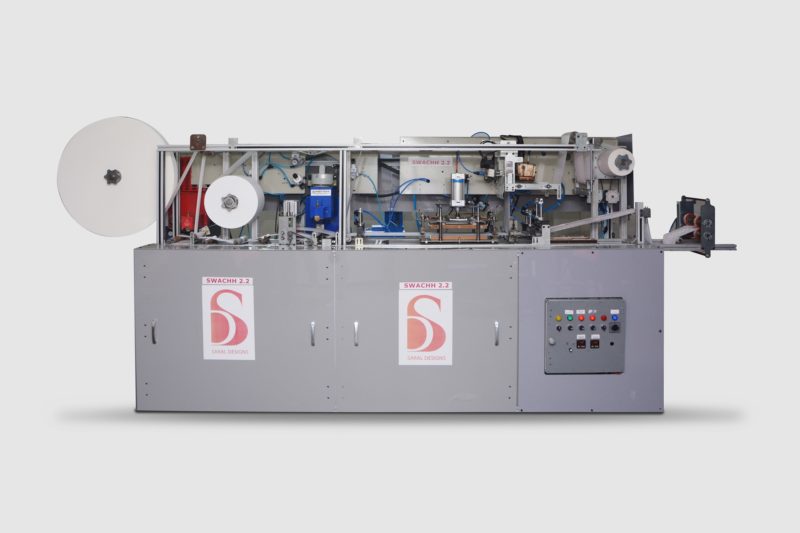
To keep the production costs low, product quality consistent and comparable to multinational brands, there is a need for automation and speeds. Production speeds between 5-30 pads per minute are ideal for keeping production costs low as well as it doesn’t need the entrepreneur / NGO to have a huge distribution network. Medium range speeds help keeping the cost of the machine low (between INR 8.5Lac to 35Lac) and also allows serves demand of 10,000 to 50,000 women. We, at Saral Designs, have a range of these machines with varying speeds, options of customizing the sanitary pad as per the local requirements.
Process:
Raising Funds:
If you are looking to raise funds for your business, then there are loan schemes in India like Stand-up India loan scheme, Pradhan Mantri Employment Generation Scheme that allow you to take loans between INR 35Lac to 1 crore from Nationalized Banks and also have certain subsidies depending on your location (rural/urban) or based on your caste and gender. These schemes can take anywhere between 1 month to 6 months depending on the bank you are applying the loan to.
There are also small loans like Mudra loan upto INR 10Lac where the process is a little faster. This can be used to either partly fund your machines or as working capital for production.
Approvals:
Sanitary napkins fall under the technical textiles category in India so do not need FDA approvals. The sanitary pads produced need to comply with BIS standards so make sure that the raw materials used in the pads and hygiene conditions in the production unit meet the requirements. Once your sanitary pad is made, you can send samples to any NABL accredited lab to give you a certificate of compliance against the BIS standards.
For setting up production, licenses may depend on your local government. Shops and Establishment licence, electricity and fire safety compliances need to be met. Since 1 production unit doesn’t require more than 6-9 people per shift, single shift production will not fall under factory act or ESIC compliances which are required for staff strength more than 10 workers. As your production shifts increase or you plan to set-up more than 1 machine, you can apply for other licenses. This government website is a good resource for finding more details.

Infrastructure:
Depending on the type of mid-scale machine you choose, you will need 1000-3000 square feet for area. The production area typically needs less than 500 square feet, but sanitary pad raw materials are bulky so need clean, dry and large storage spaces.
For pneumatically run machines, air compressor, air dryer will be required. Voltage stabilizer, generator/invertor are good to have in areas where electricity is irregular.
Raw Materials:

For the past 6 months, almost all raw materials are now manufactured in India which reduces the lead time significantly. Typically, raw materials like air laid paper or wood pulp, Tissue with SAP, PE films, glues and release papers are used for making sanitary napkins. There are oxo biodegradable raw material replacements for the plastic components also available in India and some compostable materials like PLA which are imported which can be used as the barrier sheet in the sanitary pad as well. Depending on your target price for the end customer, you can choose from a variety of raw material options. We, at Saral Designs, also keep an inventory of some types of raw materials and provide it to our machine buyers so that they do not need to coordinate with 5 different suppliers and can source much lesser quantities at one time, helping them with their cash flows.
Sales & Distribution:
Identifying your target audience is the first step. Depending on the age group and location of where your target beneficiaries/ customers are, one can develop a communications, sales and distribution strategy. In urban areas, one can look at retail distribution through medical shops and general stores, online sales and modern retail. For rural areas, utilizing existing women groups like Self Help Groups, health workers, schools and hospitals can be a great way to reach out to women who do not have retail stores in their vicinity. Women’s networks also play an important role in driving conversations around menstrual health and increase awareness about hygiene products.

Before you start you sales, do register your brand name for trademark. Packaging requirements are also specified under BIS standards so make sure your design is appropriate. You may also register yourself for Barcode in case you plan to sell in modern retail stores.
Also, be sure to research about trade terms in your target geography which not only include retailer/ distributor margins but also credit terms, offers and schemes for similar products. Credit terms are important for planning your cash flows, also there is a high default rate in certain geographies. So, do explore options like cash and carry with your distributor/ retailers.
With that you are all set to start your sanitary napkin business!
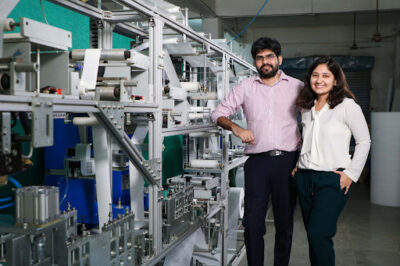
7 Years at Saral Designs

Impact created by Saral Design by the Menstrual Health Management Project


